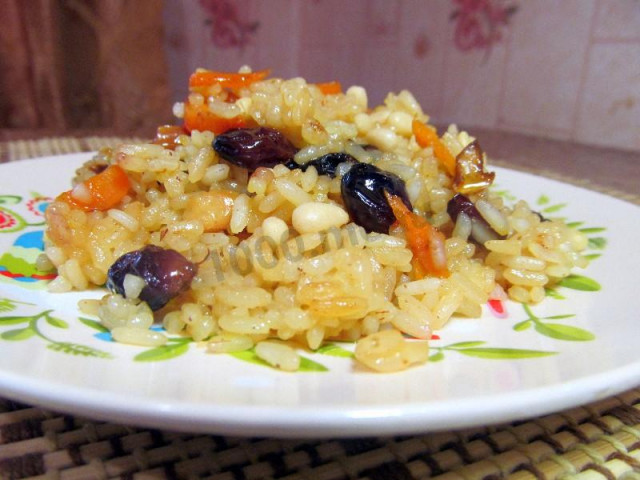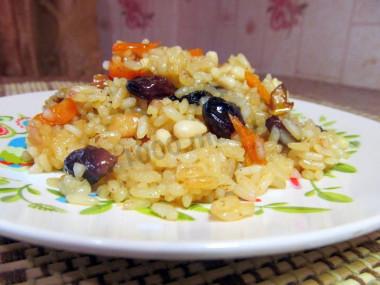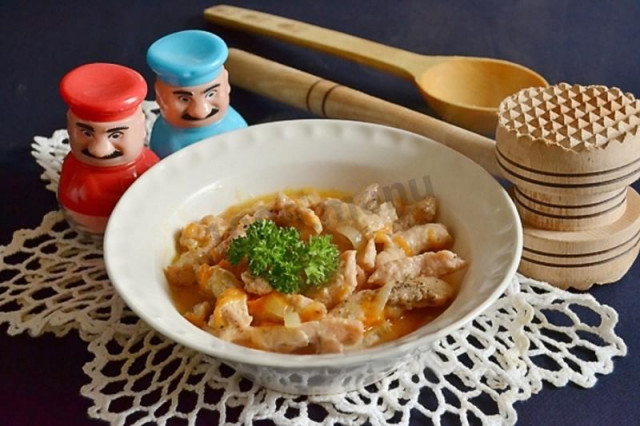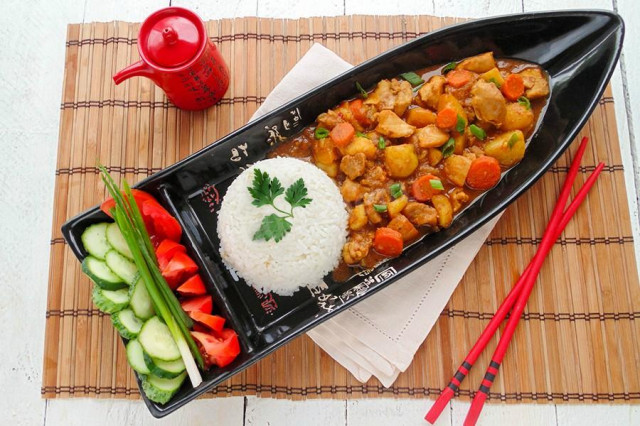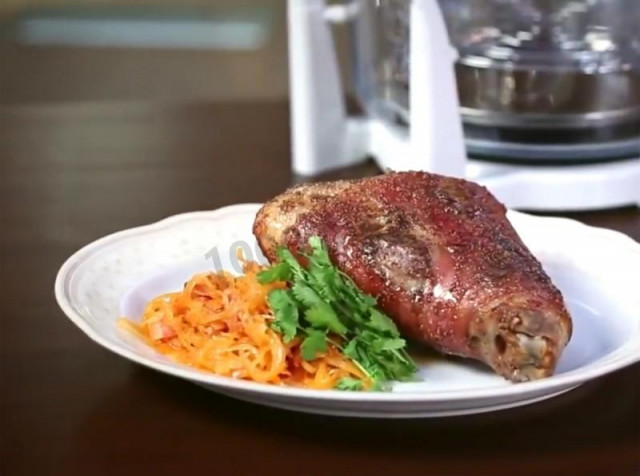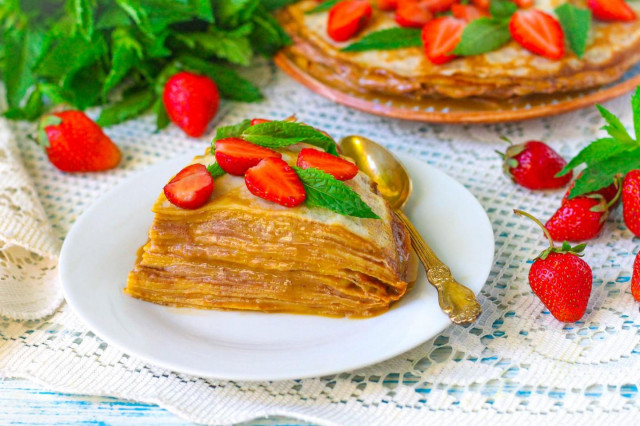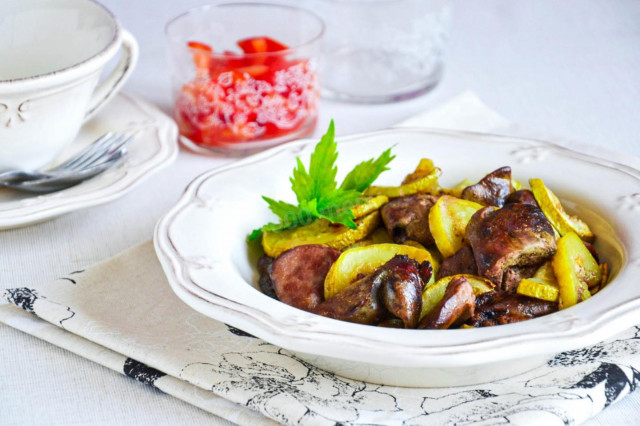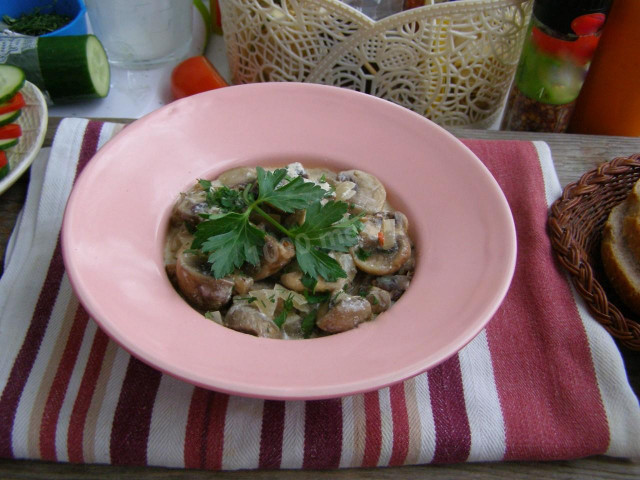Composition / ingredients
Step-by-step cooking
Step 1:
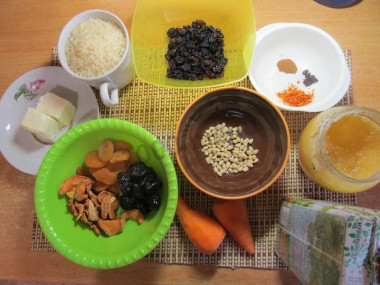
How to make fruit pilaf?Necessary ingredients
Step 2:
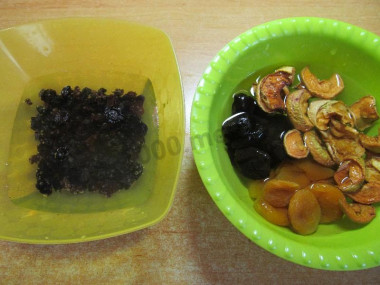
Wash the raisins and dried fruits well
Step 3:
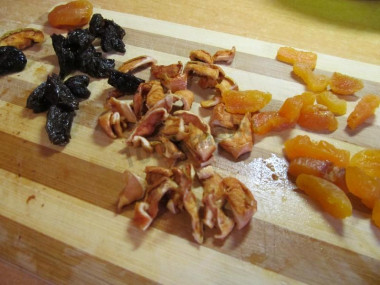
Cut dried apricots, prunes and dried apples at random
Step 4:
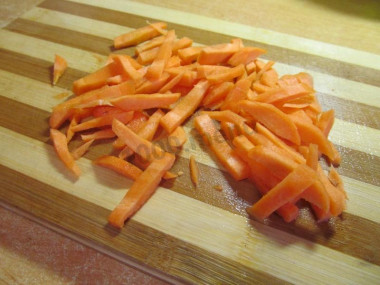
Carrots are traditionally for pilaf - straws
Step 5:
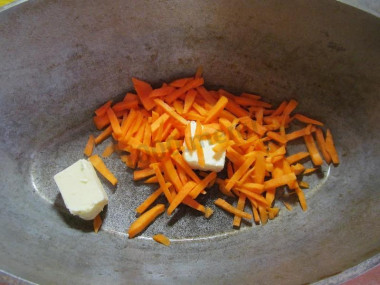
Put butter and chopped carrots in a cauldron, simmer under a closed lid for 3-5 minutes
Step 6:
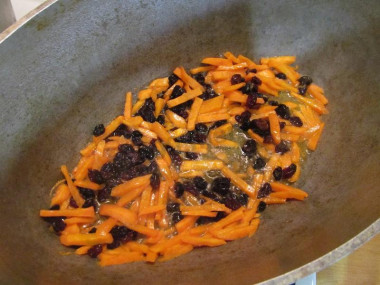
Then add the raisins, simmer with carrots for another 3 minutes
Step 7:
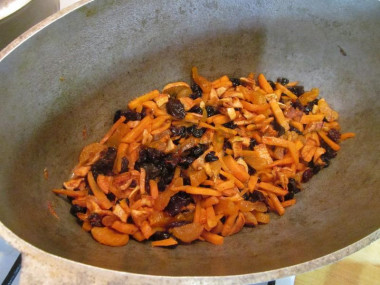
Add the remaining dried fruits and spices, simmer under a closed lid for another 10 minutes. You can take your favorite spices, I really like cinnamon in combination with apples, traditionally I took barberry and saffron for pilaf. You can also put 2-3 stars of star anise - I already remembered about it when it was too late) In general, experiment!
Step 8:
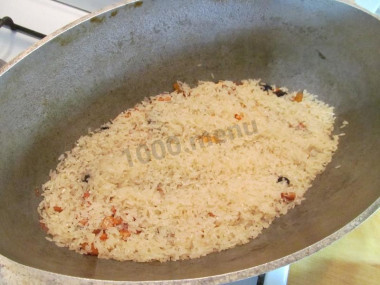
After 10 minutes, add the washed rice and carefully, so as not to wash off the rice layer, add apple juice. I cooked with juice as an experiment - it turned out very tasty! I've come across recipes with grape, peach, and orange juice! I think I'll try to take another one next time. You can also take regular water instead of juice, it will also be very tasty!
Step 9:
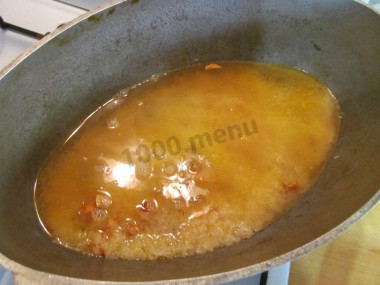
Simmer on low heat for 20-40 minutes, depending on the rice. After 20 minutes, you need to check if there is enough liquid - if the liquid has already been absorbed, and the rice is not ready yet, you need to carefully add another 0.5 cups of water. I don't know why - but every time I have a different amount of liquid, it all depends, probably, on the type of rice. The standard ratio of rice to liquid is 1:2
Step 10:
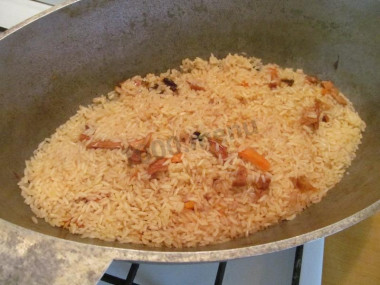
In 30 minutes my pilaf is ready! Turn it off and let it brew for another 10 minutes
Step 11:
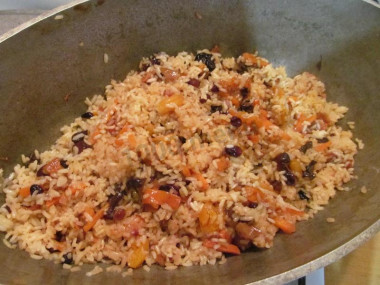
Then open the cauldron, mix and put on a plate
Step 12:
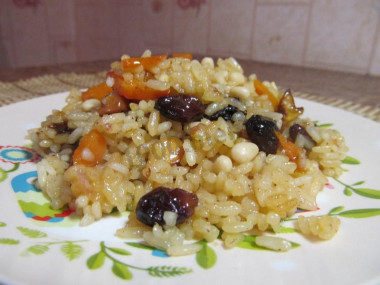
I sprinkled pine nuts on top of the fruit pilaf and poured honey - so the pilaf will be even more nutritious, but this is optional. Enjoy your meal! It's delicious!
Important! To make rice dishes invariably delicious, read article about the subtleties of choosing rice and the secrets of its preparation
Any oils are useful only until a certain temperature is reached - the point of smoking, at which the oil begins to burn and toxic substances, including carcinogens, are formed in it. How to determine the roasting temperature and choose the best oil for frying, and which is better not to use at all, read here .
Keep in mind that the final result in this dish also depends on how you chop the carrots: grated carrots will turn into mush during heat treatment and mix evenly with the rest of the ingredients, cut into strips or cubes will retain their shape.
The calorie content of the products possible in the dish
- Carrots - 33 kcal/100g
- Dried carrots - 275 kcal/100g
- Boiled carrots - 25 kcal/100g
- Honey - 400 kcal/100g
- Cinnamon - 247 kcal/100g
- Saffron - 310 kcal/100g
- Butter 82% - 734 kcal/100g
- Amateur unsalted butter - 709 kcal/100g
- Unsalted peasant butter - 661 kcal/100g
- Peasant salted butter - 652 kcal/100g
- Melted butter - 869 kcal/100g
- Dried apricots - 215 kcal/100g
- Uryuk - 290 kcal/100g
- Dried peaches - 254 kcal/100g
- Raisins - 280 kcal/100g
- Kishmish - 279 kcal/100g
- Prunes - 227 kcal/100g
- Beech nuts - 568 kcal/100g
- Pinya - 635 kcal/100g
- Cedar nuts - 620 kcal/100g
- Barberry - 29 kcal/100g
- Apple juice - 42 kcal/100g
- Dried apples - 231 kcal/100g
- Steamed rice - 123 kcal/100g

